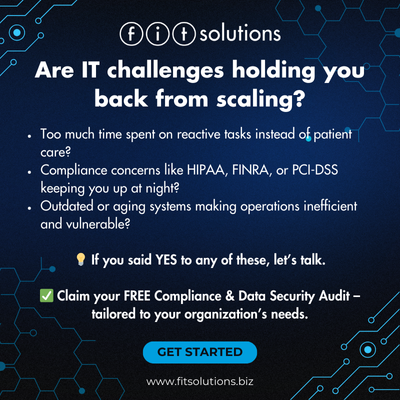By Susan Saldibar
I don’t know if you’ve ever had to get in shape to compete in a race, a big match, or anything you had to build up some muscle to achieve. So, maybe you go to the gym day after day, jog, exercise, weights, the whole nine yards. But the payoff is worth it because you’ve gotten yourself in shape.
The question is, what happens after the heat is off? Do you keep working those muscles and stay in shape? Or do you sink back into old habits?
Before you answer that …
In the latest Workforce Wednesday (watch it here), Procare HR’s Brett Landrum and Foresight’s Steve Moran talked about muscles. Not running-a-marathon muscles, but talent acquisition and retention muscles. The ones that smart operators built (out of necessity) during the skintight labor market.
They had to get serious about things like scheduling flexibility, better pay, benefits, education, and building a better culture. And many did. Many also turned to Procare HR (a Foresight partner), who helped them build those muscles through their multilayered HR platform.
For those who don’t know Procare HR, in a nutshell:
- They start with an HR platform that does the basics really well, including accurate payroll processing, financial performance improvement, resident satisfaction, growth, scalability, and helping operators drive quality care.Then they kick your data into high gear …
- These folks are steeped in how to use data in the senior care world to get right to the issues and solve them. Their system collects and organizes data and puts it in front of management in a way that helps answer questions like, “If we invest money and resources and energy into these people in HR, here’s how it will help meet these goals.”
There’s a lot to unpack from Brett’s chat with Steve Moran, but here are a couple of things he recommends to keep your talent acquisition/retention muscles strong.
1. Build talent density.
If you’re not doing this already, you should be top grading, identifying the talent “score” of each employee. From that, you can create scorecards for each employee (or candidate) and answer questions like,
is this the right ED for this community,
at this point in our life cycle,
given the challenges and opportunities we have at this moment?
It’s a big question. Maybe it is the right ED. Maybe not. Or maybe they could be with more training. How do you know? The Procare HR folks will tell you that the right data working inside the right business system will help you get to the answer.
2. Put a talent review process in place.
- Develop a methodical process to look at how each employee is performing every quarter. Is your confidence for them up or down? How can you develop them? What actions are you going to take?
- Follow your data to answer those questions, and find out what behavior profiles and skill sets are most successful. What can you put in place to help those employees on the verge of success?
- Having data in the right business system makes all this easier because it forces you to rate people objectively, in a consistent way, to get to “Is this the right person?”
3. Like any muscle, use it or lose it.
While unemployment is still pretty low, it’s showing signs of softening. That’s good for employers.
But the biggest mistake operators can make is to get complacent. Those talent acquisition and retention muscles they’ve worked hard to build need to stay strong. Who knows what’s around the corner? It would be a colossal waste to backslide into the same old habits that got them in trouble in the first place.
No one knows more about creating a business system to succeed in this industry than the folks at Procare HR. You really should check them out and see what they can do with your data.







